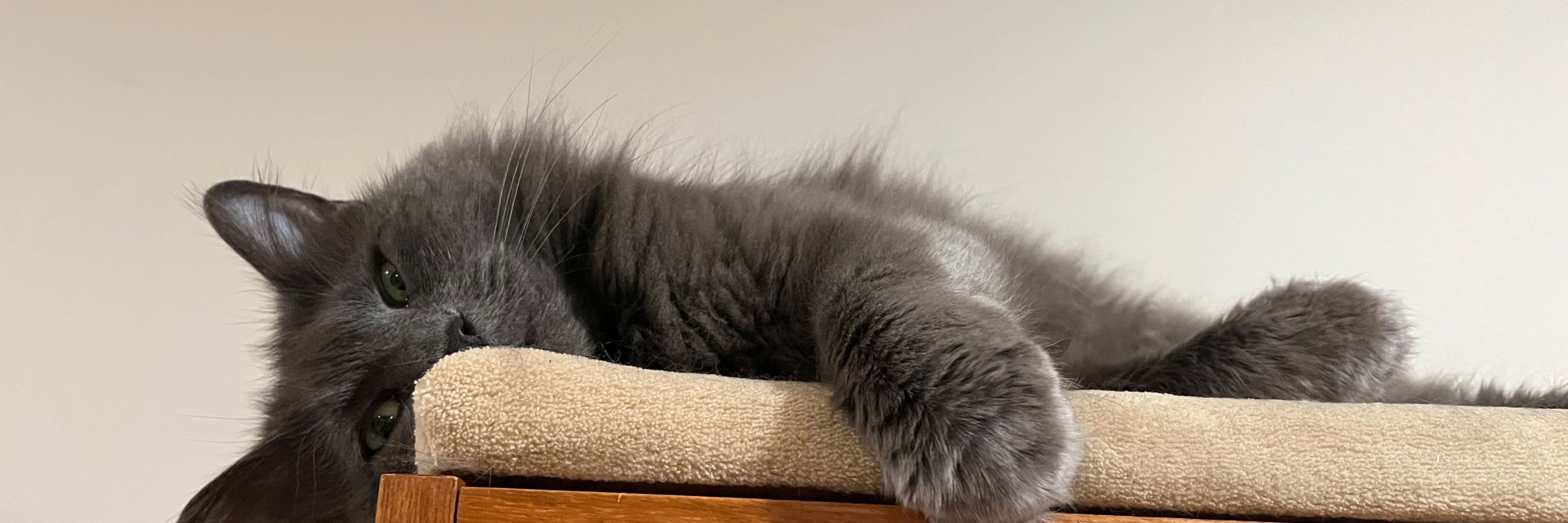Jeffrey Wooldridge
@jmwooldridge.bsky.social
11K followers
200 following
280 posts
Econometrics professor and author. Dogs = 2, cats >= 10.
Posts
Media
Videos
Starter Packs
Reposted by Jeffrey Wooldridge
Reposted by Jeffrey Wooldridge
Reposted by Jeffrey Wooldridge






![A screenshot of an R console showing code and output for an extended two-way fixed effects analysis. The code loads the `fetwfe` and `did` packages, loads the `mpdta` dataset, and transforms it into `pdata` with `attgtToFetwfeDf`, specifying outcome `lemp`, time variable `year`, unit identifier `countyreal`, treatment onset `first.treat`, and covariate `lpop`. Then it runs `etwfe(pdata, time_var="time_var", unit_var="unit_var", treatment="treatment", response="response", covs="lpop")`.
Below is the “Extended Two-Way Fixed Effects Results”:
* **Overall Average Treatment Effect (ATT):**
– Estimate: –0.0452
– Std. Error: 0.0145
– 95 % CI: \[–0.0736, –0.0167]
* **Cohort Average Treatment Effects (CATT):**
| Cohort | Estimated TE | SE | 95 % CI low | 95 % CI high |
| ------ | ------------ | ---------- | ----------- | ------------ |
| 2004 | –0.08762696 | 0.03555885 | –0.15732102 | –0.01793290 |
| 2006 | –0.02127833 | 0.02128938 | –0.06300475 | 0.02044809 |
| 2007 | –0.04595453 | 0.01633327 | –0.07796715 | –0.01394190 |
* **Model Details:**
– Units (N): 500
– Time periods (T): 5
– Treated cohorts (R): 3
– Covariates (d): 1
– Features (p): 29](https://cdn.bsky.app/img/feed_thumbnail/plain/did:plc:v5yhsvcygebhudec4rhb35wx/bafkreihi2xmgx3rse6inv2nh3pe74s7d5ir4ypwnlgchqcnpo7muv7cq3y@jpeg)


